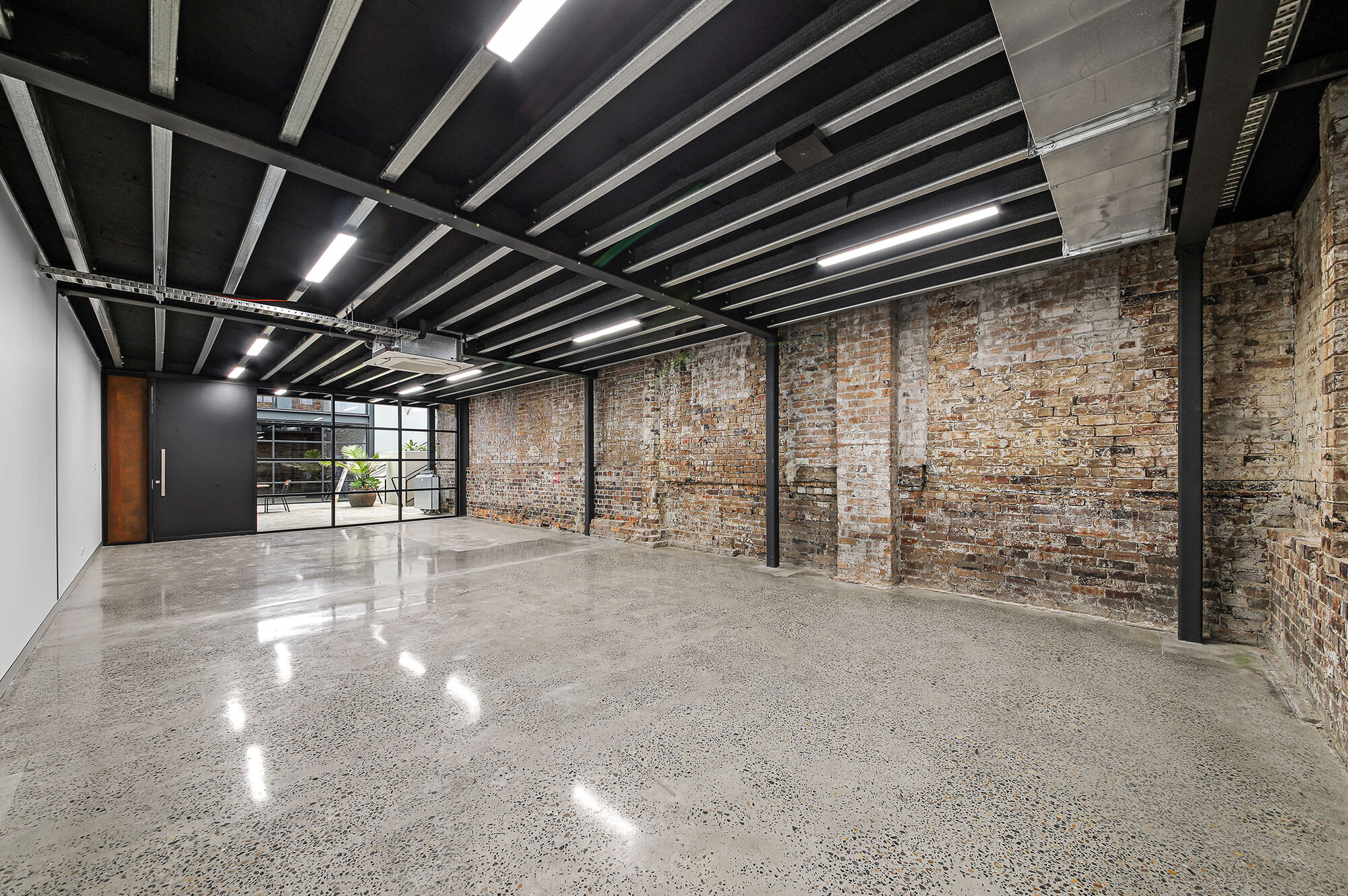Marble floors are a timeless and elegant choice for homes and businesses. The natural beauty and durability of marble make it a sought-after flooring material. However, to maintain the luster and extend the lifespan of your marble floors, regular polishing is essential. In this article, brought to you by Flash Flooring, we’ll guide you through what you need to know about marble floor polishing.
I. Understanding the Benefits of Marble Floor Polishing
Before delving into the polishing process, it’s crucial to recognize the advantages of marble floor polishing:
- Enhanced Appearance: Polishing marble floors brings out their natural beauty, creating a stunning, glossy finish that adds a touch of luxury to your space.
- Durability: Polished marble is more resistant to wear and staining, making it a practical choice for high-traffic areas.
- Simplified Maintenance: Polished marble is easier to clean and maintain, as its smooth surface is less prone to accumulating dirt and grime.
- Increased Longevity: Regular polishing can help prevent damage and extend the lifespan of your marble floors, protecting your investment.
II. The Marble Polishing Process
Marble floor polishing involves a series of steps to achieve a pristine, glossy finish:
Step 1: Surface Preparation
Before you start polishing, ensure the marble surface is clean and free of debris. Remove any loose dirt and dust by sweeping or vacuuming the floor.
Step 2: Honing
Honing is the process of using abrasive materials to grind away a thin layer of the marble surface. This removes imperfections, scratches, and stains, creating a smoother base for polishing.
Step 3: Polishing
After honing, the polishing process begins. Special polishing compounds are applied to the marble surface, and a series of progressively finer grit diamond pads are used to achieve the desired level of shine.
Step 4: Crystallization (Optional)
Crystallization is an optional step that involves applying a crystallizing agent to the surface and buffing it to create an even higher level of shine. This step is often used in high-traffic commercial areas to maintain the gloss over time.
Step 5: Sealing
After polishing, it’s important to apply a quality marble sealer. The sealer protects the surface from staining and moisture penetration while maintaining the polished finish.
III. Maintaining Polished Marble Floors
To keep your marble floors looking their best after polishing, follow these maintenance tips:
- Regular Cleaning: Sweep or dust mop your marble floors regularly to prevent abrasive dirt and debris from scratching the surface.
- Mild Cleaners: Use a pH-neutral, non-abrasive cleaner specifically formulated for marble. Avoid acidic or abrasive cleaners, as they can dull the finish.
- Spill Cleanup: Clean up spills promptly to prevent staining.
- Floor Mats: Place mats at entrances to minimize the tracking of dirt and grit onto your marble floors.
- Avoid Harsh Scrubbing: Refrain from using abrasive cleaning pads or brushes that can scratch the surface.
IV. Professional Maintenance
Periodically, consider professional maintenance services to re-polish and reseal your marble floors. Flash Flooring offers expert marble floor maintenance services to ensure your floors continue to shine.
In conclusion, marble floor polishing can rejuvenate the beauty and durability of your marble floors. By understanding the process and following proper maintenance, you can enjoy the timeless elegance of marble in your space. For professional marble floor services, visit Flash Flooring.

